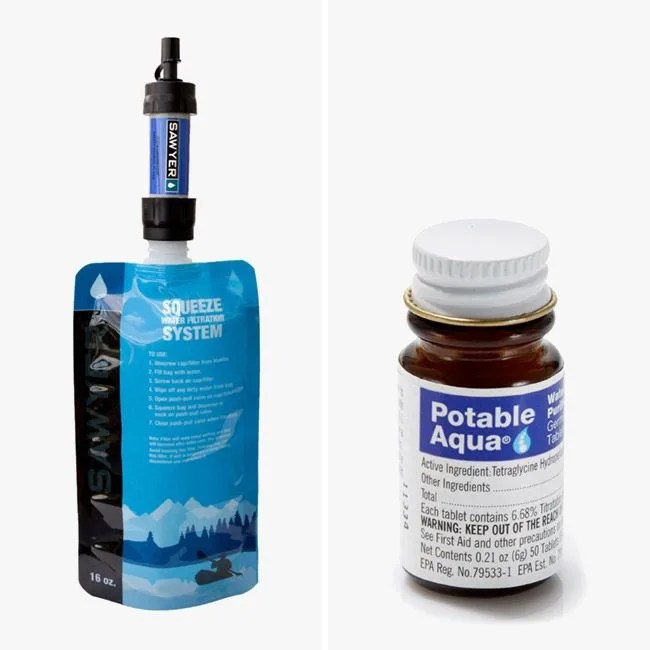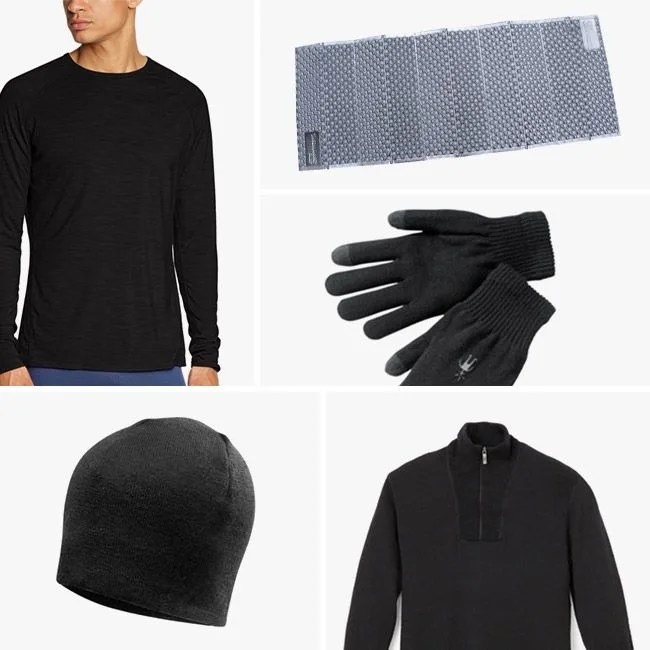Gregory Kanter, a New York-based wilderness survival instructor for the REI Outdoor School, encourages people to think about “the unavoidable and abrupt turns of fortune” when venturing outdoors. The worst of these — his terrible “what if” — is breaking a leg. Threats of dehydration, hypothermia and an escalating injury are all legitimate concerns. “But there are things you can do to sort of catch that before it becomes a huge problem,” he says. “Usually your worst-case scenario is suddenly becoming immobilized.”
Though every situation differs, Kanter’s general rule of thumb is straightforward: “If I went in now and broke my leg and my rescuer did not come until half a day after the first call goes out, could I lie down right here and not move for another 12 to 24 hours and still come out of it alive?” To answer yes, both Kanter and the REI Outdoor School curriculum advocate the “10 essential systems approach” to wilderness survival preparedness, credit for which is given to The Mountaineers, a nonprofit volunteer-based organization in the Pacific Northwest started in 1906. Instead of prioritizing gear needs, each system is an abstract category of preparedness — such as navigation, sun protection, shelter, etc. — under which specific gear falls most appropriate, depending on where you are and who you’re with.
Though Kanter calls himself an “ultralight” hiker, he is sure that his pack list covers the 10 essentials every time he hits the trail. “There are so many variables,” he says, “that I’ve probably never brought the same combination of things twice.” For example, a hiker can provide themselves sun protection simply by hiking very early in the morning. To this point, Kanter stresses some age-old wilderness wisdom reflecting a lifelong experience in the outdoors. “There is an 11th essential that is not on any list, and that is your brain — to think critically and make good decisions,” he says. “It can’t be overstated. Good decision making is the overarching thing that ties all the other systems together.” Here, he shares advice on the best approach to each system, why it’s important and a number of gear recommendations that can help you stay alive when they matter most.
Hydration

“I always say, bring enough water or the means to create some. If I’m in the Northeast and I know my route and it crosses a bunch of streams, I’m going to have the means to treat the water instead of bringing the three liters I’m going to need for a really hot day. In that case, I just use a little Sawyer filter. Then in my first aid kit I have a couple chlorine tablets in case the Sawyer filter fails. But as long as you’re in the developed world and nobody has put a virus into some little mountain stream, you’re okay with filtration instead of purification every time.”
Sawyer Products Mini Water Filtration System $18
Potable Aqua Water Treatment Tablets $7




















